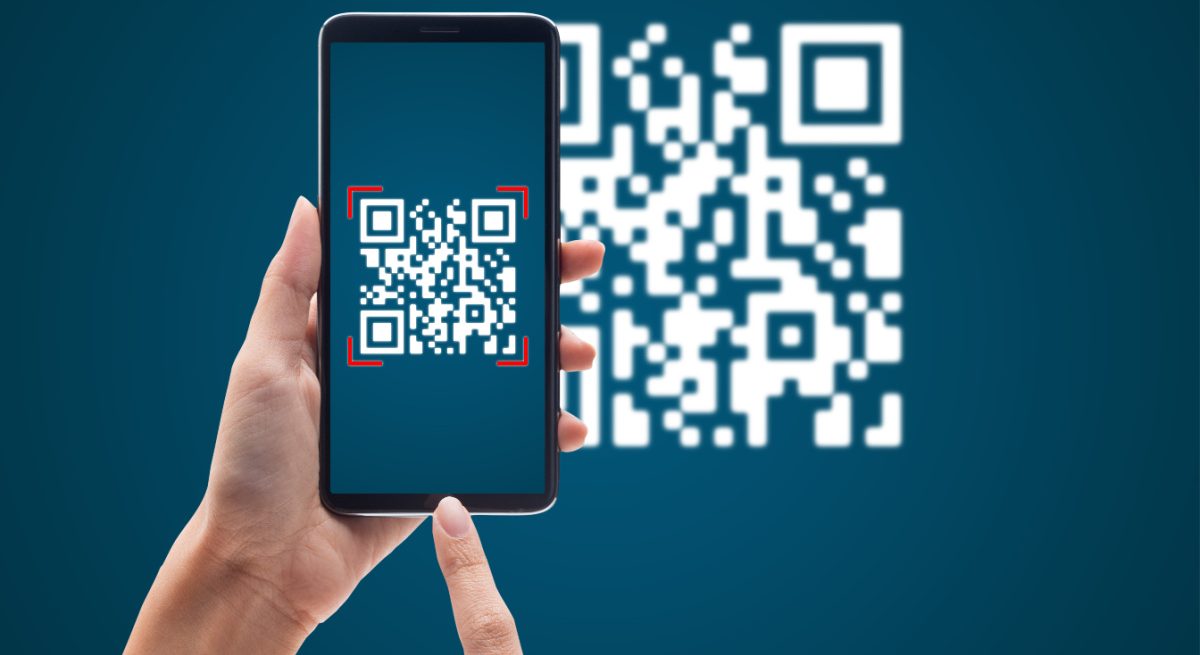How QR Code Technology Can Help Restaurants Beyond Menus and Ordering
4 Min Read By Mike Welsh
Restaurants across the country are returning to pre-pandemic operations. Dining rooms are open, and tables are at 100 percent capacity in most states.
However, based on the spread of the delta variant, shifting mask guidance from the CDC, differing local government regulations (such as Los Angeles County’s current indoor mask requirement regardless of vaccination status) and low vaccination rates in various states, restaurant operations are still far from normal. These conditions present an evolving challenge for restaurants when it comes to providing a safe dining experience for customers and employees, especially when it’s often unknown whether patrons are vaccinated or not.
While the pandemic still presents roadblocks for restaurants to overcome, they need to do everything possible to provide a safe and responsible environment. And a technology many restaurants have leveraged over the past year 一 QR codes 一 could provide the additional help they need.
An Uncomfortable Position
The CDC’s direction for vaccinated people to shed masks in certain settings, including restaurants, was a welcome change for restless people in May. However, the move essentially enacted an honor system for citizens to follow, leaving restaurants no real way to ensure maskless patrons are vaccinated.
There have been scattered responses to the guidance. The National Restaurant Association advised its members to run their businesses on customer trust and have employees wear masks, which many restaurants have done. However, for restaurants looking to provide the safest environment possible, the CDC’s guidance forced some to become “vaccination police,” as noted by United Food and Commercial Workers.
In response to the recent spike in cases from the delta variant, some restaurants in the Bay Area of California are requiring proof of vaccination for indoor dining. However, requiring proof of vaccine forces front-of-house staff to act as enforcers, with some Bay Area restaurants reporting angry customers. Additionally, one survey found that 80 percent of restaurant workers have experienced customer hostility for following public health guidelines, such as wearing a mask, during the pandemic.
It’s understandable why many restaurants want to require proof of vaccination and provide the safest environment possible for customers and employees. But burdening employees to enforce vaccination status increases the odds of confrontations with customers and stressed out employees 一 many of which are already overworked from staffing shortages.
A New Way for QR Codes to Help
Just a decade ago, 97 percent of consumers didn’t know what a QR code was. Today, it’s a go-to for restaurants operating during the pandemic. Restaurants mainly use QR code technology as a substitute for physical menus and as a customer ordering platform.
However, QR code technology could potentially provide restaurants a viable way to manage vaccination requirements for indoor dining. By putting the enforcement of vaccine proof on technology, you can remove the burden from front-of-house staff and minimize confrontation — and it starts when customers check in at the door. Here’s how you can leverage QR code technology to reinvent the check-in process while managing vaccination requirements:
1. Use an app
Provide the infrastructure for a digital check-in process by using an app. You can use a restaurant service app to manage the process. You can also work with a digital consultancy to build a customized app.
Partnering with a digital consultancy can provide you access to a team of app developers at a cost-effective rate. And with a wide-ranging group of experts that have developed apps across multiple industries, including restaurants, you can ensure the app leverages the right technology your business needs. A digital consultancy partner can also build the app to fulfill other needs of your business, such as delivery, curbside pickup and loyalty programming.
2. Create a QR code check-in at the host stand
Check in can be simplified through QR codes. Through app clips — technology that performs the function of an app without requiring a customer to download it to their mobile device — customers scan the code and proceed to the check-in process.
To protect users’ privacy but also ensure the safest dining experiences for all visitors, your check-in experience could start with a question on whether or not the patron is vaccinated and, based on their response, put them into the appropriate queue for tables. Print out two separate QR codes for your host stand — one for vaccinated patrons and one for unvaccinated patrons — that customers can scan for check-in. If needed or warranted, vaccinated customers could even verify status by scanning their vaccine card with the same technology that Airbnb uses to verify government IDs for customers or uploading a photo of it.
Ultimately, leveraging the QR code technology for check-in minimizes the potential for confrontation and doesn’t make customers feel singled out for their vaccination status.
3. Direct customers to the appropriate accommodations
Once customers verify their vaccination status, your front-of-house staff would receive a confirmation notification. Upon receipt, customers could be provided with arrangements based on CDC and local guidelines that correspond with their vaccination status. For example, vaccinated customers could sit in an area with no capacity limit and remove their mask (if CDC and local guidelines allow). On the other hand, unvaccinated customers could be directed to an area with socially distanced tables or outdoor seating, and can be instructed to keep their mask on when interacting with staff.
A Viable Solution for a Complicated Time
Restaurants are working in an environment that makes operations difficult. And as the delta variant has shown us, you never know when safety protocols may change. But with the consistent application of QR codes, it might be easier than originally thought to create a safer operating environment, quickly shift health and safety measures as needed, and show customers you care about providing an enjoyable dining experience no matter the situation.


